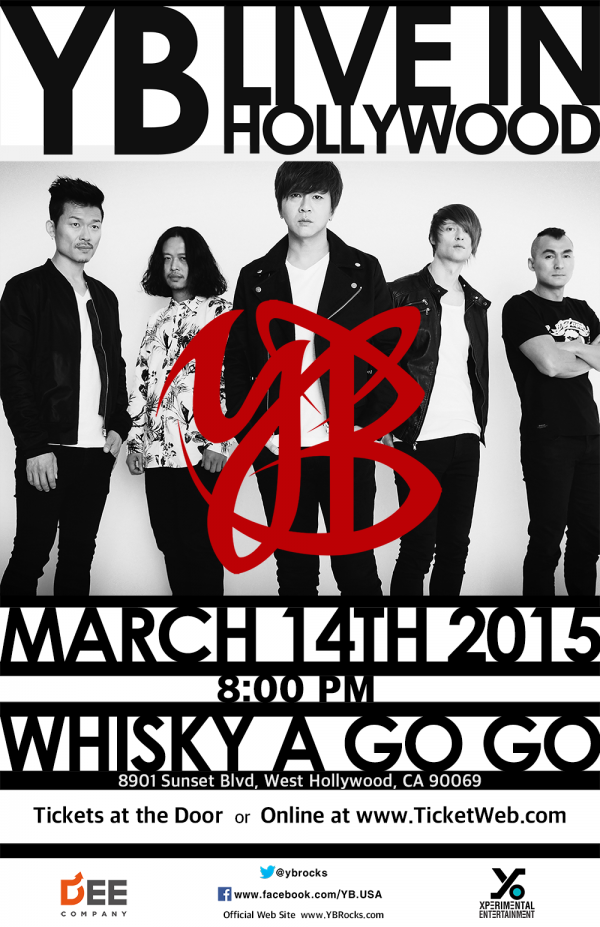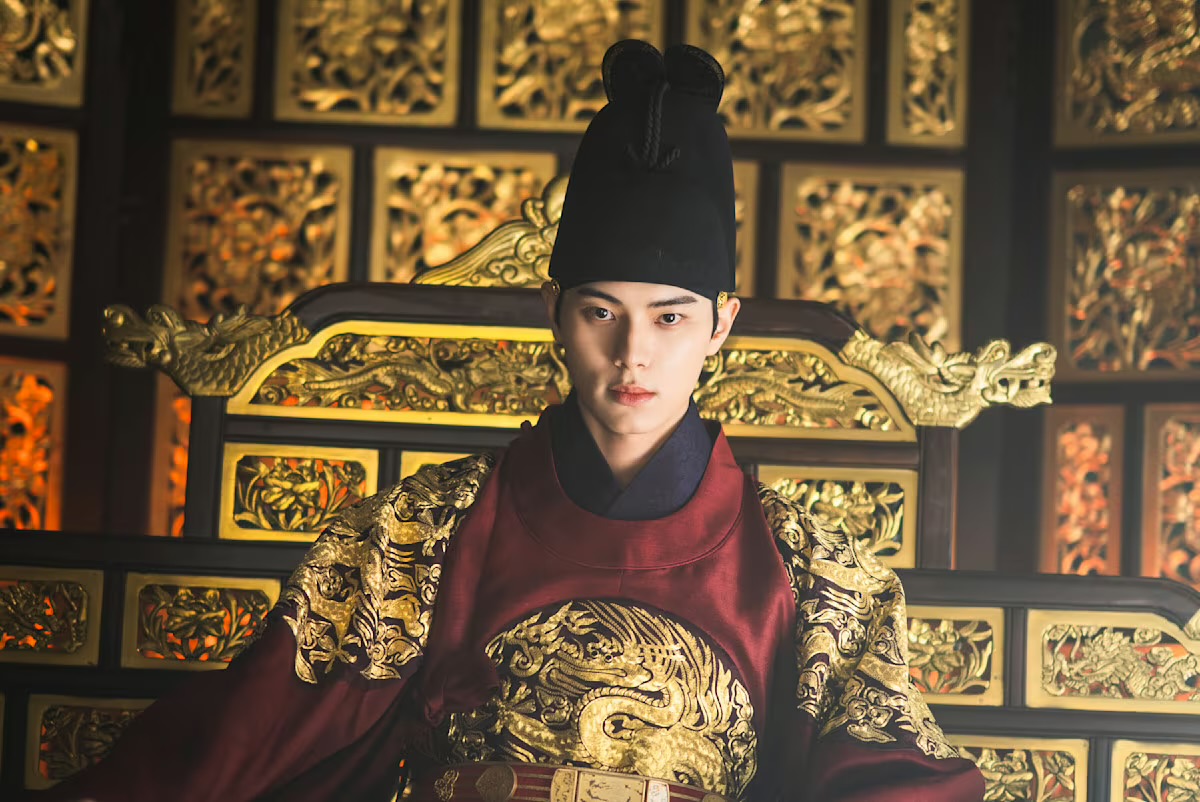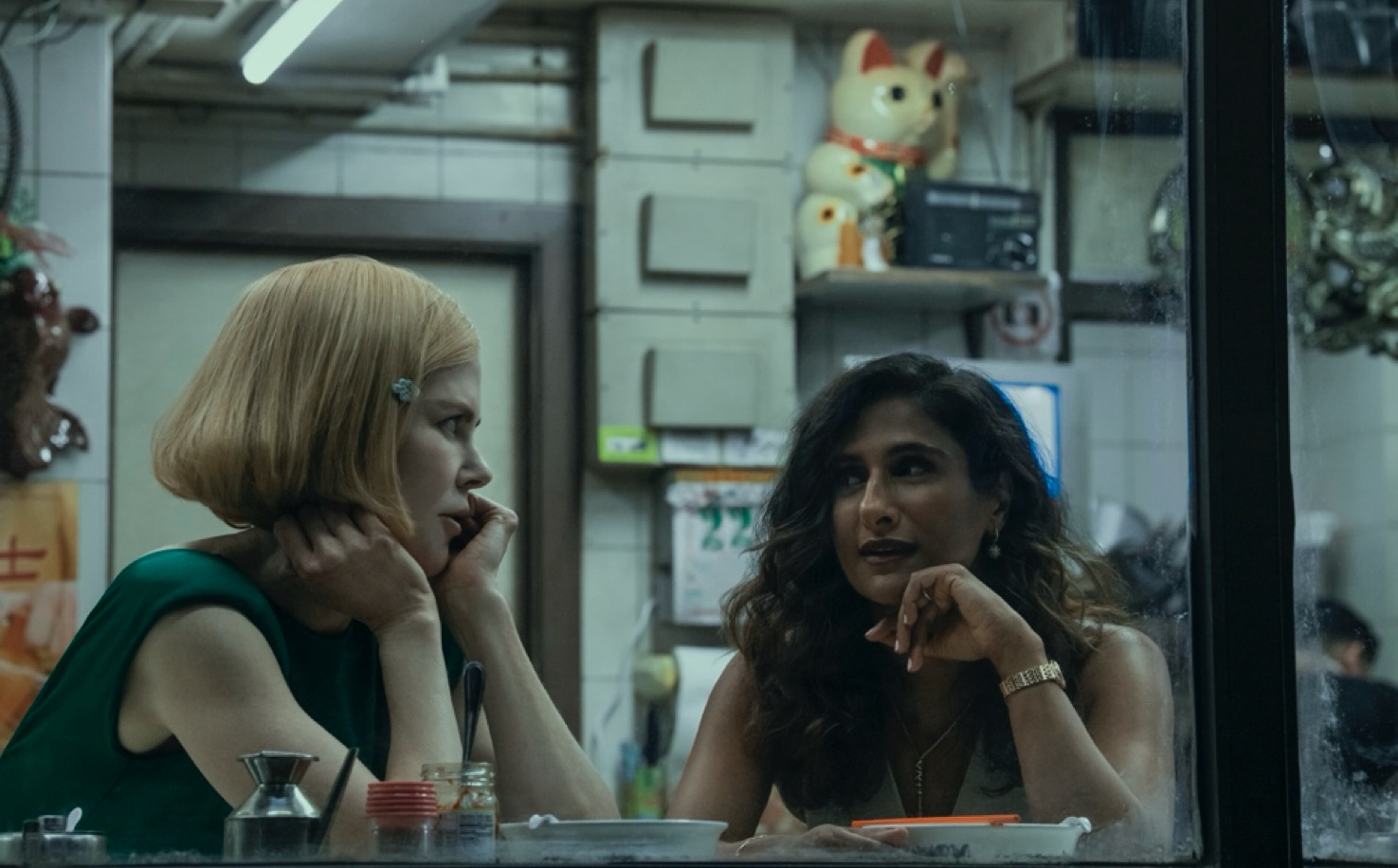Societal ideals of beauty are constantly shifting. For instance, a recent ambition for many women in the United States is no longer looking like a thin runway model. Instead, many want to look healthy and strong while embracing curves (think Beyonce). We like big butts and we cannot lie! Of course, ideals of beauty vary from culture to culture.
Buzzfeed took three women from different ethnicities and transformed them into historical figures that represented the cultural beauty of that specific time. The results? Beautiful transformations and makeup looks! Check out the video below:
Despite how entertaining the video was, I’m left wondering what exactly are the components of these traditional beauty looks? What’s the cultural and historical significance?
Let’s take a peek back into history.
Traditional Indian Beauty
The first woman in the video expresses that she is Hindu and “everything that Indians do has a meaning or culture to it.” This concept is also reflected in their ideals of beauty. Women, and sometimes men, wear “kajal” which is essentially eyeliner. It’s believed that wearing kajal would strengthen their sight and protect the wearer from bad luck.
What about the dots? Although the makeup artist took a creative route with this look, the dots represents the traditional “bindi.” The bindi is a dot between the eyebrows and is worn for spiritual and religious purposes. It comes in many shapes, sizes and colors, but it is traditionally red, which represents love and honor.
English Beauty from the Elizabethan Era
The second woman is of English, Irish and Scottish descent and is transformed into an Elizabethan beauty. During this time period, Queen Elizabeth strived to display a pure “Virgin Queen” image. This meant a white complexion, red cheeks and red lips. If women were able to achieve this look, this also signaled a high status.
Chinese Beauty from the Tang Dynasty
Finally, the third woman in the video shares that she is an “ABC” or “American-born Chinese.” During the Tang Dynasty, there was prosperity. As a result, women who were more plump were considered beautiful because they were able to live a comfortable and relaxed lifestyle.
I love that bold lip color, don’t you? Lips were considered to be the sexiest part of a woman, so what better way to draw attention to them than wearing a bold color? Women in the Tang Dynasty would even dye their lips to achieve that cherry hue. But one thing hasn’t changed. For women in China smooth, light skin sans imperfections has been considered beautiful for thousands of years.
What’s traditionally beautiful in your culture? We would love to hear about them!
Feature image courtesy of BuzzFeed.
[wp_ad_camp_2]










